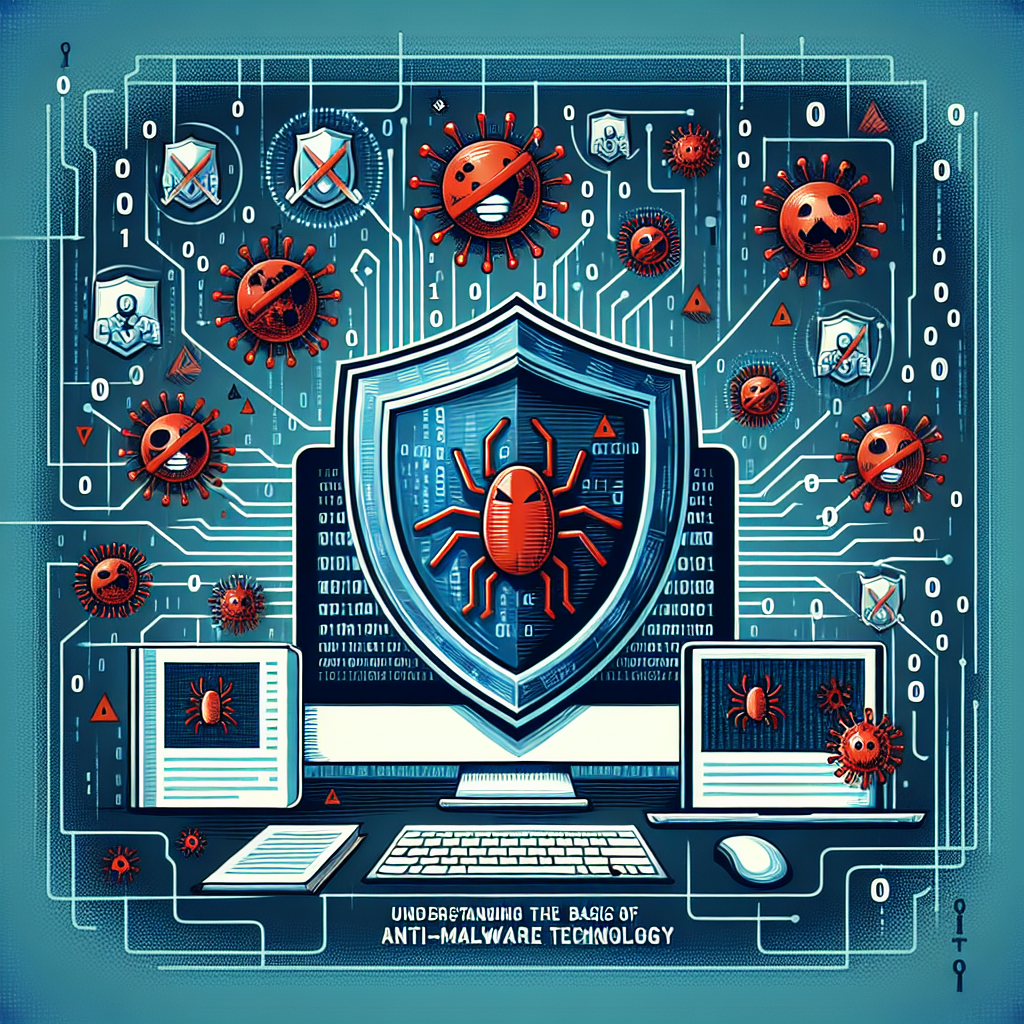The word “malware” is a short form of malicious software, which is a broad term designed to disrupt, damage, or gain unauthorized access to computer systems, mainly for the benefit of someone other than the computer user. The diversity of malicious programs includes viruses, worms, trojans, spyware, adware, and ransomware. This article aims to raise awareness about malware’s threats and the crucial role of anti-malware technology.
The Functions of Anti-Malware Technology
Anti-Malware is a kind of software developed to safeguard computers against malware. Anti-malware technology scans for, prevents, and destroys various malicious software threats. It detects known viruses and malware based on specific identifiers or heuristics like unique signatures. Anti-malware programs also employ proactive blocking elements such as behavioral blocking and reputation analysis to prevent the system from unknown threats.
Detection Techniques
Anti-malware software uses different techniques to detect malicious code:
- Signature-based Detection: This is a traditional approach where the anti-malware software detects malware based on “malware signatures” – a sort of unique identifier.
- Heuristic-based Detection: This technique detects any suspicious behavior or the potential threat of an application.
- Behavioral-based Detection: This technique monitors the behavior of applications to identify anything suspicious.
- Sandbox Detection: Here, the software executes the malware in a virtual environment – the ‘sandbox’ – to analyze its behavior and determine its intent
Types of Anti-Malware
There are various types of anti-malware solutions available in the market today. Some of the common types include:
- Antivirus: This is designed to detect, prevent, and remove viruses in your device.
- Antispyware: Antispyware aims to find and get rid of spyware and adware.
- Firewall: A firewall acts as a virtual shield around your computer system to protect it from outside threats.
- Internet security suite: This set of programs provides more comprehensive protection, including antivirus, antispyware, firewall, and more.
How to Choose an Anti-Malware Solution
Picking the right anti-malware software is a critical decision, and should be based on various factors such as your needs, budget, system compatibility, and the specific features you value. Always opt for a trusted and reputable anti-malware solution; a cheap or free option may not always provide comprehensive protection.
Conclusion
With the growing reliance on technology and the internet, the risk of malware attacks has grown astronomically. This makes it critical for users to understand the basics of anti-malware technology, and how it can protect their devices. Choosing the right anti-malware software can seem like a daunting task, but understanding the role that it plays in defending your digital life makes the decision a little easier. Remember, the first line of defense against these cyber threats is awareness and effectively using protection tools such as anti-malware software.
FAQs
1. What is the difference between antivirus and anti-malware?
Typically, antivirus programs are designed to detect and destroy computer viruses, while anti-malware software is designed to combat all forms of malicious software. However, many modern programs, whether labeled antivirus or anti-malware, generally deliver a similar level of protection against both viruses and a wide range of malware.
2. Is it necessary to have anti-malware software installed?
Yes. It is essential to have anti-malware software to protect your device from various threats like viruses, worms, trojans, ransomware, spyware, and others.
3. Can anti-malware technology eliminate all cybersecurity threats?
No single solution can protect against all cybersecurity threats completely. Anti-malware software is a critical part of a comprehensive cybersecurity strategy but it needs to be supplemented with other security measures like firewalls, secure browsing practices, and user education.
4. Is free anti-malware software beneficial?
While free anti-malware software can provide a basic level of protection, paid versions typically offer a more comprehensive range of protection features and tools.
5. How often should I update my anti-malware software?
As a rule, you should update your anti-malware software whenever new updates are available. This is because new malware variants are constantly being developed and your anti-malware needs to be up-to-date to provide the best level of protection.

